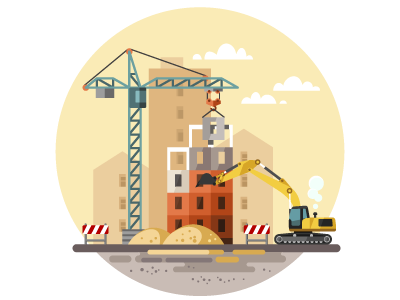Standard vs Non-Standard Construction
- A standard construction property is a traditional bricks-and-mortar structure, with a pitched slate or tile roof. Most homes in the UK fall into this category.
- Standard construction homes are lower risk for lenders and buyers. Non-standard construction mortgages are harder to obtain, which may also limit your resale options.
- Non-standard homes may need specialist maintenance and upkeep, look beyond immediate conveyancing expenses and budget for ongoing costs before you buy.
- Top Tip: If you're buying a non-standard home, you should have a level 3 home survey (unless new build). If you're unsure, get in touch with the address and our survey team will help you choose the correct level for the property, at no extra charge.
You’re in the market for a new home or maybe looking to sell. What’s all this talk about standard and non-standard construction? It’s more important than you might think, and it can greatly impact everything from getting a mortgage to future resale value.
What is a standard construction property?
When most people think of these properties, they think of detached or semi-detached houses, but the term covers terraced housing too.
Non-standard homes make up around 1.5 million UK homes, and they differ from the usual building methods and materials (thatched roofs, flat roofs, prefabricated homes, etc.)
Got a standard or non-standard construction house?
Figuring out if your house is a standard or non-standard build can be confusing. Most materials, apart from bricks, could be considered non-standard. If you're trying to buy or sell your property, the first step is to get a house survey.
If you feel like you do not know where to start, get in touch, and a member of our team will help you.
When we talk about a standard construction property, we’re talking about the traditional bricks-and-mortar setup. Most homes in the UK fall into this category, which makes getting a mortgage easier and generally ensures a stable property value.
- Materials: Typically, these homes are built with bricks, stone, or concrete blocks for the walls, and they have a tiled roof.
- Structure: The framework is usually made of timber or steel, but the key is that it follows conventional building practices.
- Durability: These materials are long-lasting and have stood the test of time, making them a solid investment.
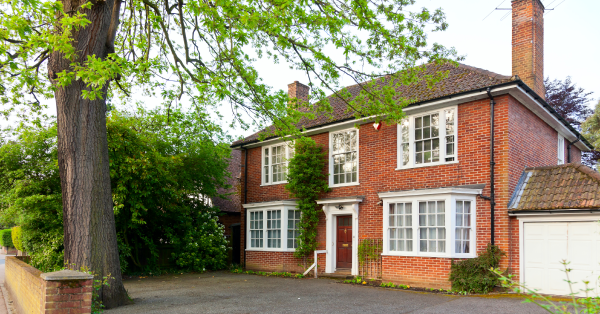
Standard construction houses were built according to modern building standards. This can make mortgaging or insuring the property easier than a 'quirkier' period home, which helps when selling the property.
What are the British standards in construction?
British Standards (BS) are a set of guidelines and codes of practice that ensure quality and safety in construction. Some of the key standards include:
- BS 8000: Deals with workmanship on building sites.
- BS 5628: Specifies the use of masonry in buildings.
- BS 8110: Covers the structural use of concrete.
- BS 5250: Focuses on the control of condensation in buildings.
Following these standards is crucial for ensuring the safety, durability, and quality of construction in the UK. They cover everything from the types of materials used to the techniques employed in the building process.
How to tell if I have a non-standard construction property
A standard construction property is mainly two storeys high, although lofts may be converted and dormer windows cut out of the pitched roof.
These properties can be found everywhere and may look very similar, especially on a council estate. However, on many estates, there are two or three types of properties which you can see at regular intervals, even in the same street.
These properties often have a small front garden that might be concreted or tarmacked over. They may have porches, but these tend not to extend beyond the main front building line. Double glazing is common, but you might still see original windows.
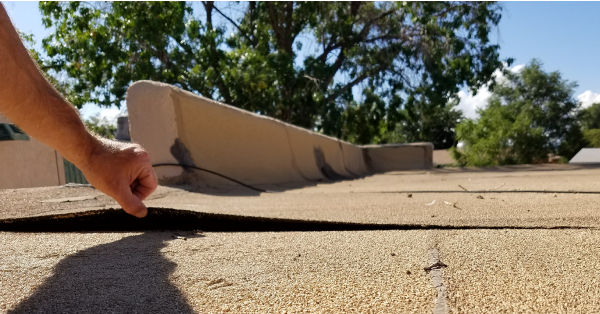
Non-standard construction properties are those that deviate from the usual brick-and-mortar method. Around 1.5 million homes in the UK fall into the non-standard construction homes category. Here’s how to spot them:
Look for homes built with concrete panels, steel or timber frames, thatched roofs, or even cob (a natural building material made from subsoil, water, and straw). Prefabricated homes (pre-fabs) and certain types of bungalows often fall into this category.
Lenders can be a bit wary of these properties because they might be less durable or harder to value accurately, making mortgages trickier to obtain.
The difference between a standard and non-standard property
Here’s a quick comparison to give you a clearer picture of the standard and non-standard construction methods:
Construction materials
Standard materials: Brick or stone walls, concrete blocks, tiles.
Non-standard materials: Timber frame, steel frame, concrete panels, cob, thatch.
Roof
Standard: Slate or tiled roof (slate or concrete tiles).
Non-Standard: Thatched roofs, flat roofs (often with felt or membrane).
Structural frame
Standard: Steel or timber systems within traditional frameworks.
Non-Standard: Timber frames, steel frames, or even modular designs.
Durability and maintenance
Standard: Generally easier to maintain and more durable over the long term.
Non-Standard: This may require specialist knowledge to maintain and can have a shorter lifespan.
What issues does a post-1950s standard construction house have?
The older a property is, the more materials will be needed to maintain it. Although they were built to be robust, structural issues can arise.
Moss and algae can build on the roofs of older properties, mainly caused by bird droppings, allowing plant spores to take root. Over the years, the buildup attacks the roof tiles and mortar and leads to leaking and damp. The time and costs involved in repairing these issues can vary depending on the severity of the roof's condition
You would assume that most of these properties have been rewired electrically, but this is not always the case. The same can be said for double-glazing windows; some houses still have original single-glazing, which is prone to damp, condensation, and draughts. However, even if replacement windows have been installed, if it was done badly, then damp can still become a factor.
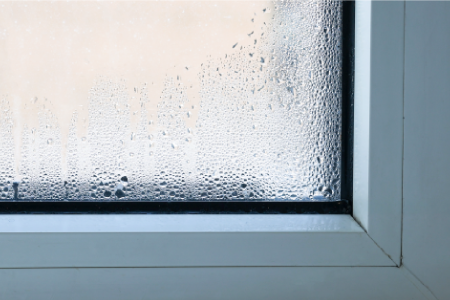
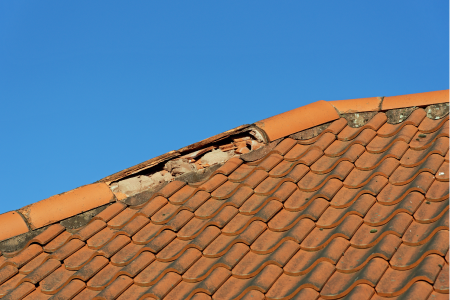
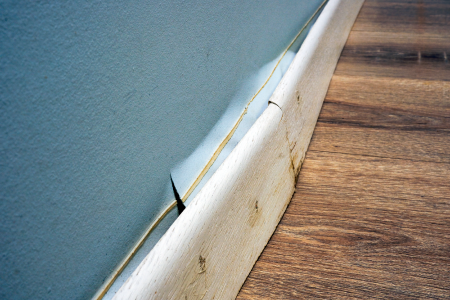
What issues does a non-standard construction house have?
A thatched or flat roof can cause problems. They are both much less stable than a traditional roof, and concerns over drainage, fire risks, and stability could put off some mortgage lenders.
A non-standard bungalow might have electrical wiring problems, old single-glazed windows, and often experience issues with extensions. Bungalows are usually extended and refurbished relatively frequently, and this can lead to different heat capacities between the two constructions. Damp thrives in these cases.
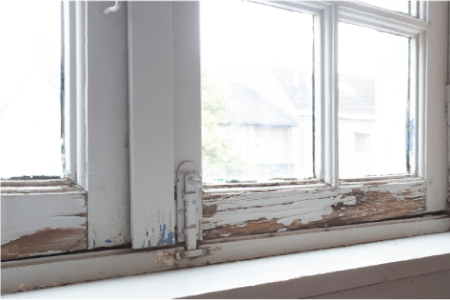
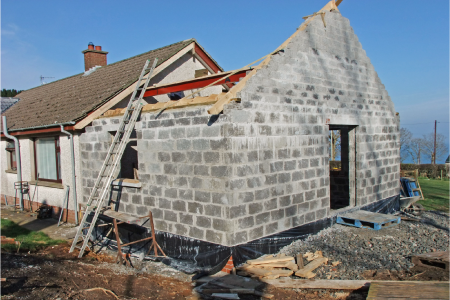
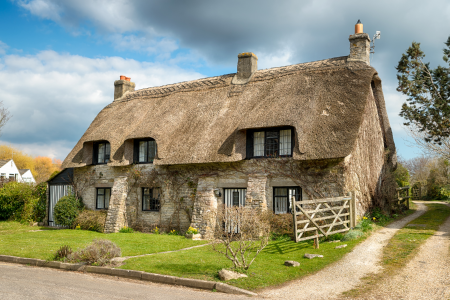
In our recent survey, 16% of homeowners found defects; including 2% who were able to pull out of a bad purchase, 7% who were able to negotiate a better price, and sadly, 7% of homeowners who did not get a survey and discovered defects after the purchase.
12 of the 39 who remembered how much these defects cost to remedy spent over £5,000
Don't burn your money, book a survey.

You're usually in luck when dealing with a traditional construction home:
- Mortgage friendly - mortgage lenders prefer these types of properties, making it easier to get a mortgage approved.
- Resale value - a standard construction home will typically hold its value well and attract a broader range of buyers.
- Insurance - they're easier for insurance providers to insure due to the predictable nature of the construction process and materials used.
If the property in question has been extensively refurbished and/or has been extended, either vertically or horizontally or is very large, you would get a Building Survey; this is also the case if there are several outbuildings on the plot.
Get your survey sorted
You should always get a survey done if you're buying a home. Whether standard or not, our survey team will recommend the right level for your property.
Our expert RICS surveyors will highlight any visible issues and provide a report for you.
Andrew started his career in 2000 working within conveyancing solicitor firms and grew hands-on knowledge of a wide variety of conveyancing challenges and solutions. After helping in excess of 50,000 clients in his career, he uses all this experience within his article writing for SAM, mainstream media and his self published book How to Buy a House Without Killing Anyone.
Caragh is an excellent writer and copy editor of books, news articles and editorials. She has written extensively for SAM for a variety of conveyancing, survey, property law and mortgage-related articles.

